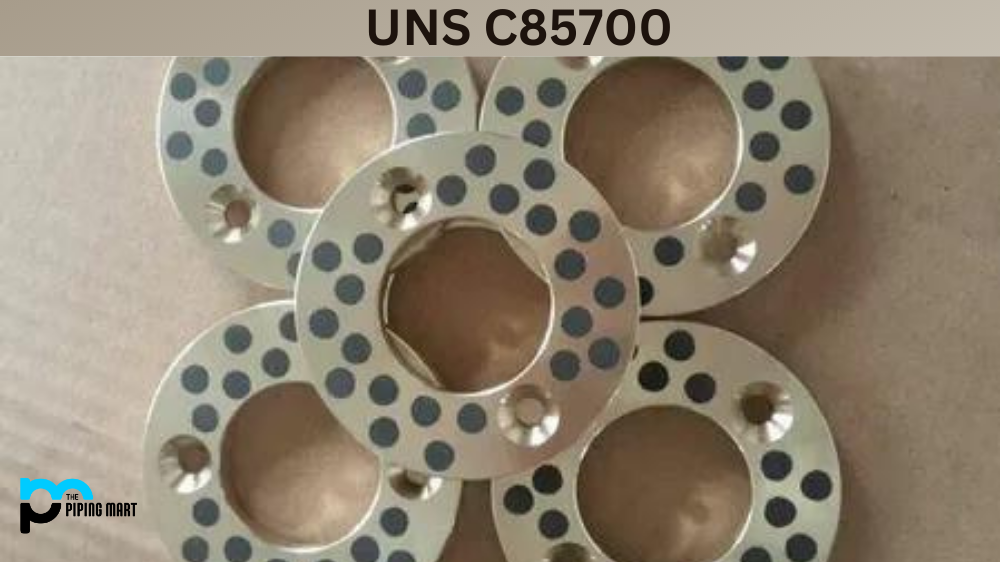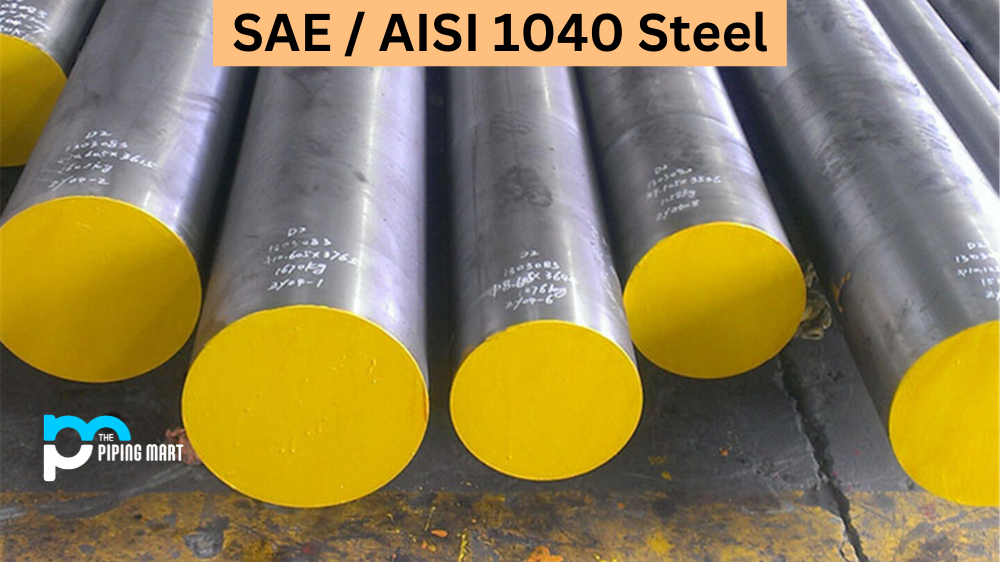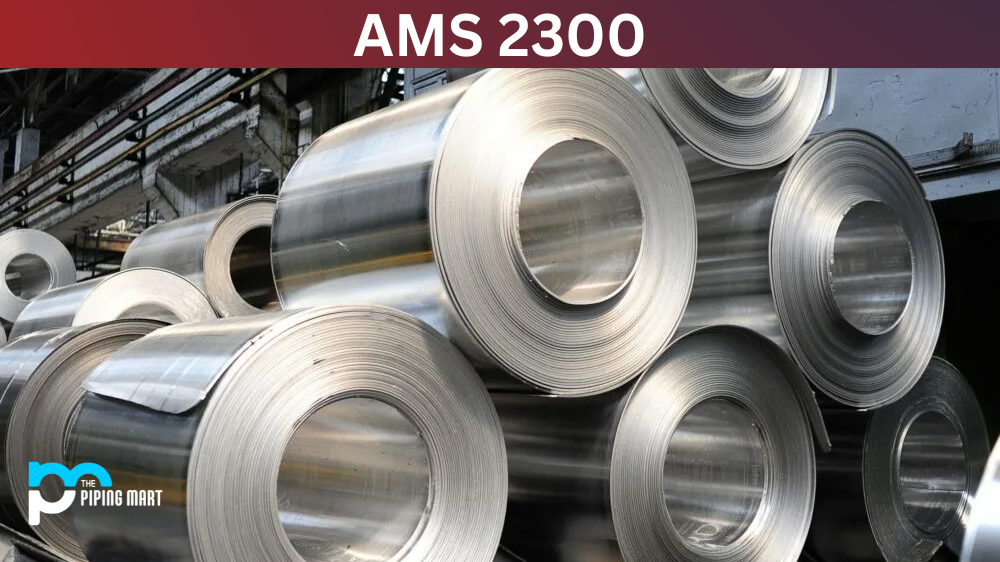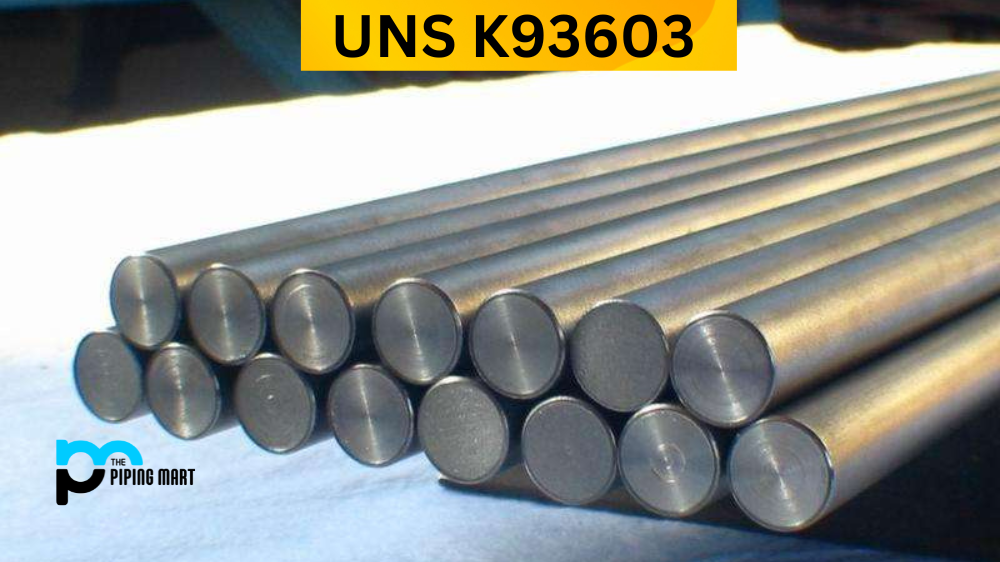When choosing a suitable metal alloy for a particular application, one must consider several factors, such as mechanical and physical properties, heat treatment abilities, welding capability, and corrosion resistance. This blog will dive deep into UNS C85700, a copper-nickel-tin alloy with great potential in various applications. We will explore this versatile material’s composition, mechanical and physical properties, uses, corrosion resistance, heat treatment and machining abilities.
C85700 Composition
UNS C85700 is a copper-nickel-tin alloy with high strength, wear resistance, and good conductivity. It typically contains about 66% copper, 10-15% nickel, and 16-20% tin. The alloy may also contain small amounts of lead, manganese, and iron. Including nickel and tin gives the alloy excellent strength, ductility, and resistance to corrosion and erosion.
| Element | Content (%) |
|---|---|
| Copper, Cu | 58.0-64.0 |
| Zinc, Zn | 32.0-40.0 |
| Lead, Pb | 0.80-1.50 |
| Tin, Sn | 0.50-1.50 |
| Nickel, Ni | ≤1.0 |
| Iron, Fe | ≤0.70 |
| Aluminium, Al | ≤0.55 |
| Silicon | ≤0.05 |
C85700 Mechanical Properties
C85700 has a tensile strength of 100 ksi and a yield strength of 50 ksi, which makes it significantly more potent than pure copper. The alloy also has a high modulus of elasticity at about 18 Msi. It has low thermal and electrical conductivity coefficients compared to pure copper.
| Properties | Metric | Imperial |
|---|---|---|
| Elastic modulus | 117 GPa | 16969 ksi |
| Poisson’s ratio | 0.34 | 0.34 |
| Hardness, Brinell | 75 | 75 |
| Tensile strength | 345 MPa | 50000 psi |
| Yield strength | 125 MPa | 18100 psi |
| Elongation at break | 40% | 40% |
| Machinability | 80 | 80 |
C85700 Physical Properties
UNS C85700 has a relatively high density compared to other copper alloys. It has a thickness of about 0.322 lb/in³. This alloy also has a melting point of approximately 1,595°F, which enables it to withstand extreme temperatures.
| Properties | Metric | Imperial |
|---|---|---|
| Density | 8.41 g/cc | 0.304 lb/in³ |
C85700 Thermal Properties
| Properties | Metric | Imperial |
|---|---|---|
| Thermal expansion co-efficient (@20-260°C/68-500°F) | 22.0 µm/m°C | 12.2 µin/in°F |
| Thermal conductivity (@20°C/68°F) | 83.9 W/mK | 582 BTUin/hr.ft².°F |
C85700 Equivalents
- ASTM B176
- ASTM B271
- ASTM B30
- ASTM B584
- ASTM B763
- QQ C390
C85700 Uses
Due to its incredible strength, wear resistance, and good conductivity, UNS C85700 can be used in various applications such as marine hardware, pump shafts, bushings, and gears. It is also a suitable material for industrial and electrical applications.
C85700 Corrosion Resistance
UNS C85700 exhibits excellent corrosion resistance in salt and freshwater environments. The material has high resistance to cavitation and erosion corrosion. It is also resistant to stress corrosion cracking, making it an appropriate choice for marine and offshore structures.
C85700 Heat Treatment
UNS C85700 can be heat treated to modify its properties, such as increasing yield strength, ductility, and hardness. However, the heat treatment process must be carefully controlled to avoid thermal cracking.
C85700 Machining
UNS C85700 can be easily machined using standard drilling, milling, and turning techniques. It can also be cold-worked or forged to modify its properties.
C85700 Welding
UNS C85700 can be welded using gas tungsten arc welding (GTAW), gas metal arc welding (GMAW) or resistance welding. The welding process must be done carefully to avoid cracking and maintain the corrosion resistance of the alloy.
Conclusion
Due to its high strength and excellent corrosion resistance, UNS C85700 is a strong and versatile copper alloy suitable for various applications such as marine hardware, pump shafts, and bushings. Its mechanical and physical properties, such as ductility and wear resistance, make it an ideal choice for industrial and electrical applications. While heat treatment and welding can further modify its properties, proper control mechanisms must be in place to avoid cracking and maintain corrosion resistance. Overall, UNS C85700 has great potential to be an excellent material choice for many applications.

A passionate metal industry expert and blogger. With over 5 years of experience in the field, Palak brings a wealth of knowledge and insight to her writing. Whether discussing the latest trends in the metal industry or sharing tips, she is dedicated to helping others succeed in the metal industry.




